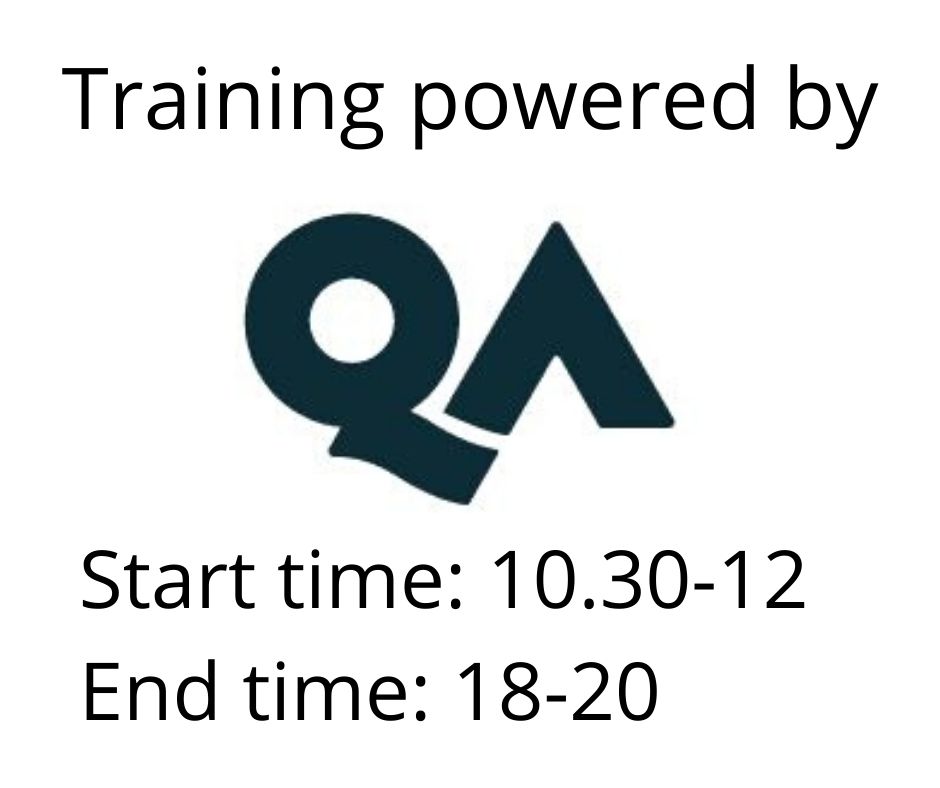Red Hat OpenShift Administration II: Configuring a Production Cluster Virtual Training
Osallistumismuoto
Remote
Kesto
5 päivää
Hinta
3626 €
Configure, manage, and troubleshoot OpenShift clusters and containerized applications
Red Hat OpenShift Administration II: Operating a Production Kubernetes Cluster (DO280) prepares OpenShift Cluster Administrators to perform daily administration tasks on clusters that host applications provided by internal teams and external vendors, enable self-service for cluster users with different roles, and deploy applications that require special permissions such as such as CI/CD tooling, performance monitoring, and security scanners.
DO280 focuses on configuring multi-tenancy and security features of OpenShift. DO280 also teaches how to manage OpenShift add-ons based on operators.
This course is based on OpenShift Container Platform 4.12.
As a result of attending this course, students will be able to perform the set of tasks that OpenShift cluster administrators are expected to perform in their daily jobs for on-premises, cloud-based, and vendor-managed clusters, including enabling add-on operators. Students will also be able manage multi-tenant permissions for different roles and configure applications that require privileged access to cluster and host resources.
Impact on the organization
This course is intended to develop the skills needed to manage Red Hat OpenShift clusters that are secure and multi-tenant, enabling applications that are scalable, resilient, and highly available.
Red Hat OpenShift is an enterprise-hardened application platform based on Kubernetes. It enables DevOps practices such as Continuous Delivery as well as portability of applications and operational processes across cloud providers and traditional data centers.
Kubernetes provides a common set of APIs and abstractions that enable application portability across cloud providers and traditional data centers. Red Hat OpenShift adds portability of operational processes across these deployment targets.
Red Hat OpenShift clusters can also be deployed as managed services where an external SRE team shares the responsibility of managing clusters and applications with a customer’s IT operations team.
- Red Hat System Administration I (RH124), or equivalent skills managing Linux systems and servers from the Bash shell.
- Red Hat OpenShift I: Containers & Kubernetes (DO180 v4.12), or equivalent skills deploying and managing Kubernetes applications using the OpenShift web console and command-line interfaces.
Please note: In order to provision you with your courseware and lab access for this course QA must share several items of basic personal information with our partner (usually your full name and email address). For more information on this please visit our QA Partner data sharing page. If you have any questions or concerns please contact your QA account manager.
The OpenShift Web Console
Manage a Red Hat OpenShift cluster with the web console.
Authentication and Authorization
Configure authentication with the HTPasswd identity provider and assign roles to users and groups.
Network Security
Protect network traffic between applications inside and outside the cluster.
Enable Developer Self-Service
Configure clusters for safe self-service by developers from multiple teams and disallow self-service if projects have to be provisioned by the operations staff.
Manage Kubernetes Operators
Install and update Operators that are managed by the Operator Lifecycle Manager and by the Cluster Version Operator.
Application Security
Run applications that require elevated or special privileges from the host Operating System or Kubernetes.
OpenShift Updates
Update an OpenShift cluster and minimize disruption to deployed applications.
Hinta 3626 € +alv
Pidätämme oikeudet mahdollisiin muutoksiin ohjelmassa, kouluttajissa ja toteutusmuodossa.
Katso usein kysytyt kysymykset täältä.
